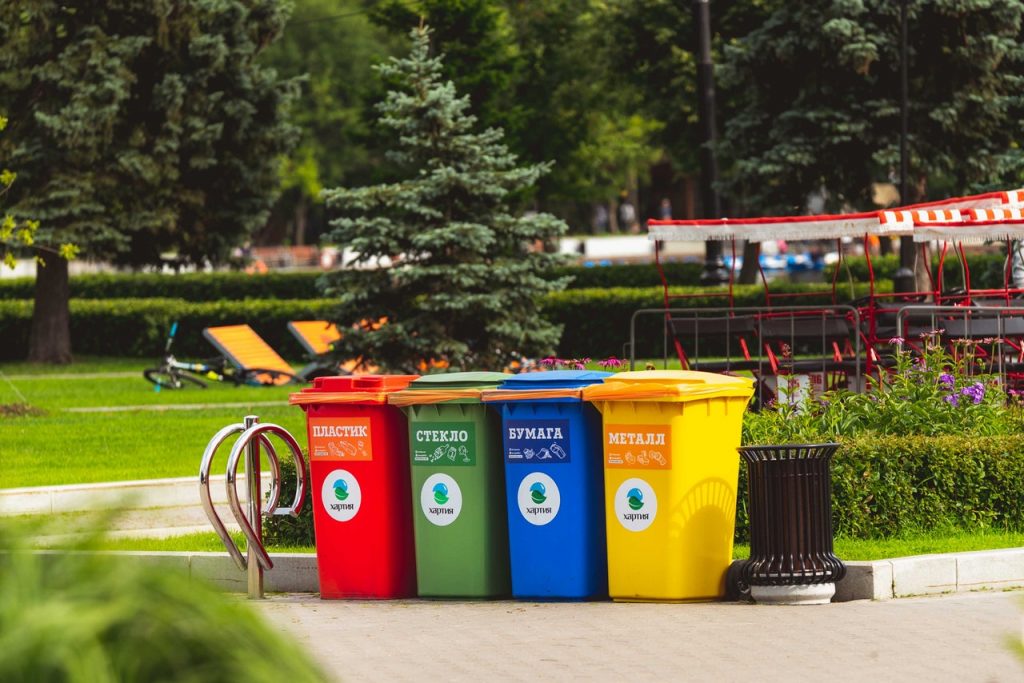Many event planners use Eventbrite to handle their event needs. You may be one of them. If so your registration and access control is streamlined. We have great news: you can now handle cashless payments in Eventbrite by just clicking a button. This will increase your revenue by 30 to 60%.
To do this we are directly connecting to Eventbrite. Why this news? Well, in the past year we’ve been moving towards providing Economy as a Service tools. These tools are cashless payments, add ons and visitor wallets and they are now used by many festivals and venues.
To make this process easier we made an easy to use integration for our users. You can now connect your Eventbrite account and sync events with Oveit.
Benefits of connecting your Eventbrite account with Oveit
With a direct integration you can now:
- Increase in revenue: You will be earning around 30% more with cashless payments and we want to make this easy for you. That’s why now you can embed cashless payments in Eventbrite with ease.
- Streamlined event registration and access: Sell tickets independent of platform and connect tickets with NFC/RFID wristbands. Your visitors show up, show their tickets, you scan them and pair them with NFC wristbands. That’s it. Now you can scan them on multiple entries, connect them to digital wallets and more.
- Omnichannel data from your visitors: Omnichannel means “all channels”. That’s online, mobile, in real life etc. Online to offline and offline to online you want to understand them better. Oveit is really, really good at telling you what’s happening on the ground, in the real life. With our new integration it’s also very good at telling you what’s happening on all other channels as well. You get data from online, real life, from intermediary access points, to purchase behavior and more.
- Extend the ticket with add ons: Tickets allow visitors to enter your event. With add ons you can create intermediary check points, prepack goodie bags and t-shirts. You can even pre-sell goods and services which visitors can claim at the event. By tapping their wristbands.
Cashless payments in Eventbrite
With Oveit’s technology you can quickly connect the tickets to your internal event economy. Because yes, your event has an economy and we’re helping you be a part of it.

How does this work? You onboard vetted food and beverage vendors on the vending side. On the paying side you create topup points or allow visitors to connect their credit card. Money is topped up on NFC wristbands and spent at the vendors. Simple, right? And it gets better: In between it’s you, the all mighty event planner, acting as the facilitator of your event economy.
This business model allows you to operate payments in your event, festival or venue and charge a certain fee to your vendors, all while improving your visitor experience.
This way you get an increase in revenue, very useful data on purchase behavior. Simply put: you provide an amazing experience all across the board.
Start your cashless payments experience by pressing a button
Everything is one click away. Create an Oveit account and connect your Eventbrite account by pressing the button below.

And remember – if you need any help – we’re here to help you.








